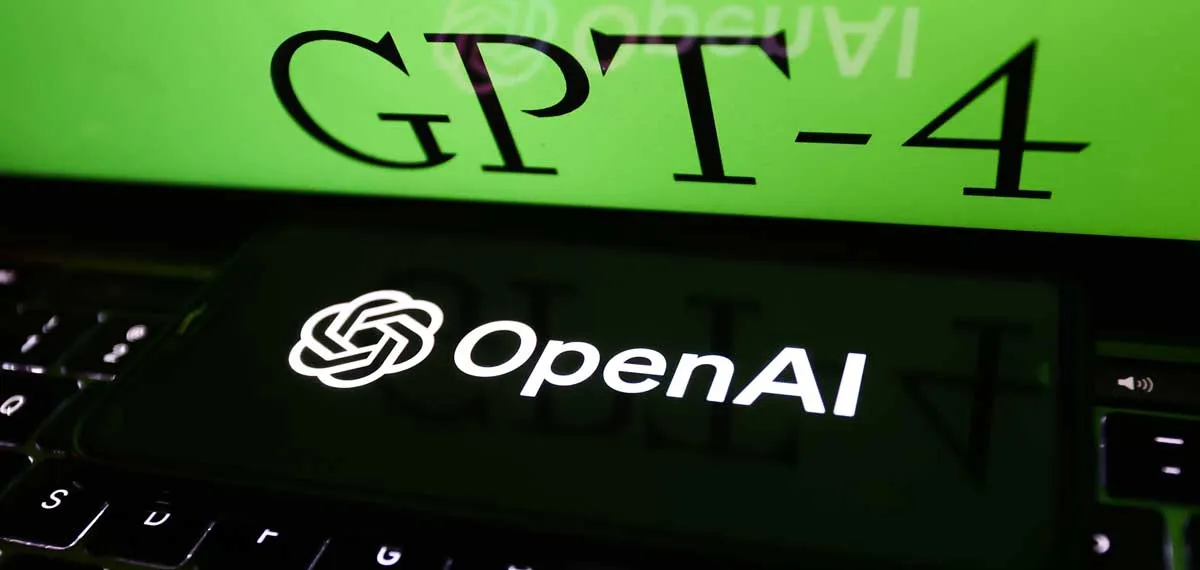Charting the Future of AI with Chat GPT-4
Artificial Intelligence (AI) has undergone remarkable transformations over the years, and one of its groundbreaking advancements is the emergence of Chatbot models like GPT-4. These AI-powered conversational agents have revolutionized the way we interact with technology, leading us into a future where machines can engage in human-like conversations. In this article, we’ll delve into the incredible potential of Chat GPT-4 and explore how it is shaping the trajectory of AI.
The Evolution of AI: From GPT-1 to GPT-4
GPT-1: Laying the Foundation
At its inception, AI-powered natural language processing was relatively rudimentary. GPT-1, or “Generative Pre-trained Transformer 1,” marked a significant step forward by demonstrating the ability to predict the next word in a sentence based on its context. Although the results were promising, the model’s responses often lacked depth and coherence.
GPT-2: Scaling Up the Complexity
GPT-2 entered the scene with more parameters, enabling it to generate more coherent and contextually relevant text. Its size and complexity allowed it to perform tasks beyond simple sentence completion, such as language translation and content generation. However, concerns arose regarding its potential misuse for generating fake news and malicious content.
GPT-3: Redefining Possibilities
GPT-3 was a game-changer in the AI landscape. With a staggering number of parameters, it could produce astonishingly human-like text across various topics and styles. From writing essays to writing code, GPT-3 showcased unprecedented versatility. Yet, challenges persisted, including fine-tuning the model and addressing ethical considerations.
GPT-4: The Future Unveiled
Understanding GPT-4’s Leap
The arrival of GPT-4 ushered in a new era of AI capabilities. With even more parameters and enhanced training techniques, GPT-4 exhibits a heightened understanding of context, nuance, and semantics. It can engage in more extended and meaningful conversations, making it a valuable tool for customer service, content creation, and education.
Applications Across Industries
GPT-4’s potential extends far beyond mere text generation. It can assist doctors in diagnosing medical conditions, simulate realistic characters for video games, and even contribute to scientific research by analyzing complex data. As industries integrate GPT-4 into their processes, the lines between human and machine collaboration continue to blur.
Navigating Ethical Concerns
The rise of advanced AI models like GPT-4 prompts important ethical discussions. Can AI-generated content be considered original? How do we ensure that AI operates within ethical boundaries? Striking a balance between innovation and responsibility is essential to charting a sustainable future for AI.
The Journey Ahead
As we continue charting the future of AI with Chat GPT-4, it’s important to recognize that the path forward is both exciting and challenging. The potential for creative content generation, enhanced customer interactions, and problem-solving is immense. However, responsible development and deployment are crucial to mitigate potential pitfalls.
Conclusion
The evolution of AI, marked by the journey from GPT-1 to GPT-4, signifies the tremendous growth in machine understanding and communication. Chat GPT-4, with its remarkable capabilities, showcases the remarkable potential of AI-powered conversation. Embracing this technology while remaining vigilant about ethical considerations will determine how effectively we shape the AI-powered future.
Frequently Asked Questions
Q1: Is GPT-4 capable of understanding different languages?
Yes, GPT-4’s advanced training allows it to comprehend and generate text in multiple languages.
Q2: Can GPT-4 replace human customer service agents?
While GPT-4 can handle certain customer inquiries, human agents still offer a personal touch and complex issue resolution.
Q3: How can GPT-4 contribute to education?
GPT-4 can aid in creating educational content, answering student questions, and even providing virtual tutoring.
Q4: Are there any risks associated with GPT-4’s capabilities?
Misuse of AI-generated content and biased responses are potential risks that need careful consideration.
Q5: What role will GPT-4 play in research and development?
GPT-4 can assist researchers by analyzing vast amounts of data, identifying patterns, and generating hypotheses.







